
WWII: Final Pacific Months – Daily Enemy Intel Summaries
$19.50
Description
Pacific War Intelligence Summaries: 1945 Endgame
This timeline focuses on the period covered by the “World War II Last Months of the Pacific War Daily Enemy Intelligence Summaries,” highlighting the continuous intelligence gathering and reporting during the final stages of the Pacific War.
- February 28, 1945: Commencement of the “Daily Summary of Enemy Intelligence, Estimates of the Enemy Situation and Periodic Summary of Enemy Trends” reports. These reports, produced by the General Headquarters, Southwest Pacific Area, Military Intelligence Section, General Staff, begin to systematically document enemy activities across the Pacific Theater.
- February 28, 1945 – May 15, 1945: Continuous intelligence gathering and reporting on various aspects of the Pacific War. Key geographical areas covered include:
- Japan
- Okinawa Island (indicating the ongoing or impending Battle of Okinawa)
- Ryukyu (Nansei) Islands
- Iwo Jima (likely covering the aftermath or final stages of the battle there)
- Guadalcanal, Solomon Islands
- Borneo
- Malaysia
- Micronesia
- Caroline Islands
- Philippines
- New Guinea
- Admiralty Islands
- Papua New Guinea
- China
- Bougainville
- New Britain
- China-Burma-India Information topics during this period consistently include: Ground, air, and naval operations; enemy strength, dispositions, capabilities, and tactics; translations of Japanese documents; recapitulation; air strength; submarines; merchant shipping; barges; density of enemy ground forces; troop movement; major dispositions; and submarine sightings.
- May 16, 1945 – May 30, 1945: A gap in the available intelligence summaries.
- May 31, 1945 – July 15, 1945: Resumption of the “Daily Summary of Enemy Intelligence” reports, continuing to cover the same broad geographic scope and intelligence topics as the previous period. This timeframe would encompass the intensification of the Okinawa campaign and continued Allied pressure across the Pacific.
- July 16, 1945 – July 30, 1945: Another gap in the available intelligence summaries.
- July 31, 1945 – August 31, 1945: Final period of intelligence summaries. This critical timeframe would cover the dropping of the atomic bombs on Hiroshima and Nagasaki, Japan’s surrender, and the official end of World War II. The reports would document the immediate aftermath and the cessation of hostilities from an intelligence perspective.
Cast of Characters
The provided source details documents and their contents but does not explicitly name individuals. The “Cast of Characters” in this context refers to the entities responsible for or the primary subjects of the intelligence summaries.
- General Headquarters, Southwest Pacific Area, Military Intelligence Section, General Staff: This is the collective entity responsible for producing the “Daily Summary of Enemy Intelligence, Estimates of the Enemy Situation and Periodic Summary of Enemy Trends.” They are the compilers, analysts, and authors of the reports, playing a crucial role in providing Allied command with critical information about enemy forces and operations in the Pacific Theater.
- Japanese Forces (Enemy): The primary subject of all the intelligence summaries. This encompasses all branches of the Japanese military (ground, air, naval) operating across the vast Pacific Theater of Operations and Southwest Pacific Area. The summaries detail their strength, dispositions, capabilities, tactics, movements, and various assets like air strength, submarines, merchant shipping, and barges. While not a single “character,” they represent the focus of the intelligence efforts.
WWII Pacific: Daily Intel from the War’s Final Months
Daily Intelligence Briefs on Adversary Activities During the Concluding Phase of World War II in the Pacific Theater
This collection comprises one thousand four hundred and eighty-eight pages, encompassing daily digests of adversary intelligence, assessments of the foe’s status, and regular overviews of enemy patterns. These documents were compiled toward the end of the conflict in the Pacific region. The General Staff’s Military Intelligence Section, operating under the General Headquarters, Southwest Pacific Area, was responsible for generating these reports. Their creation span includes the periods from February 28, 1945, through May 15, 1945; May 31, 1945, to July 15, 1945; and July 31, 1945, to August 31, 1945.
The geographic purview encompasses the Pacific Theater of Operation and the Southwest Pacific Area, detailing activities in locations such as Japan, Okinawa Island, the Ryukyu (Nansei) Islands, Iwo Jima, the Guadalcanal Solomon Islands, Borneo, Malaysia, Micronesia, the Caroline Islands, the Philippines, New Guinea, the Admiralty Islands, Papua New Guinea, China, Bougainville, New Britain, and the China-Burma-India sector.
The subject matter within these reports encompasses details on land, aerial, and maritime military actions; adversary troop numbers, deployments, capacities, and strategies; converted Japanese papers; summary sections; airborne military power; submarine details; commercial maritime traffic; smaller transport vessels; concentration levels of opposing ground forces; troop relocation; significant military arrangements; and observations of submarines.
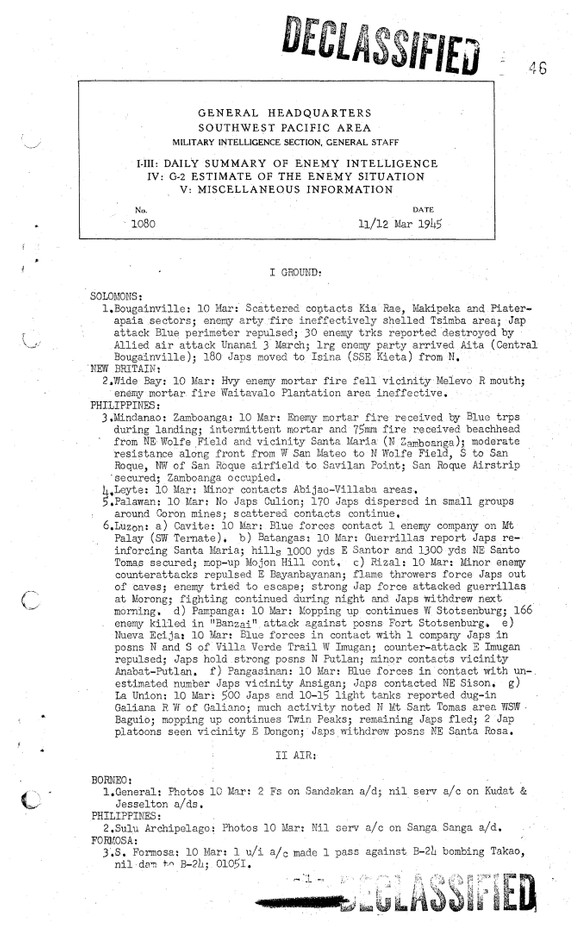
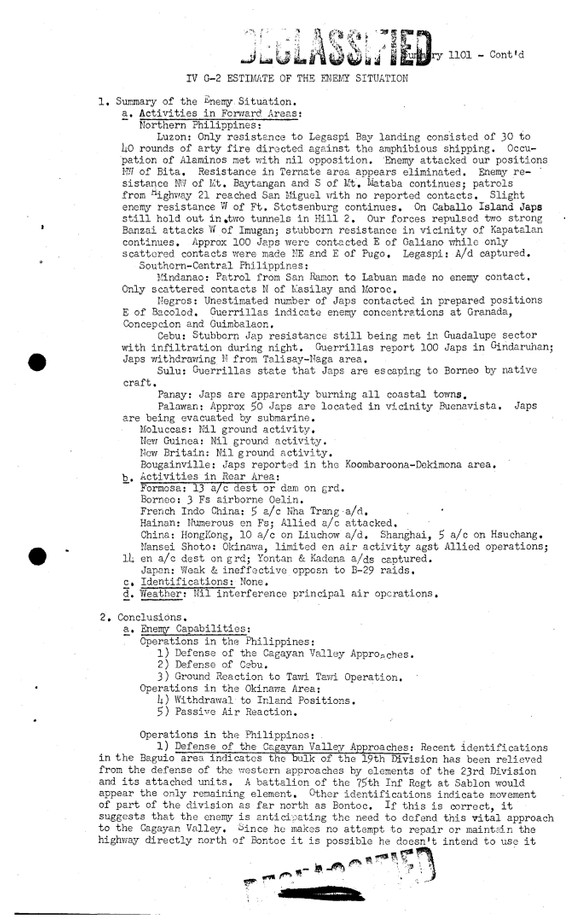
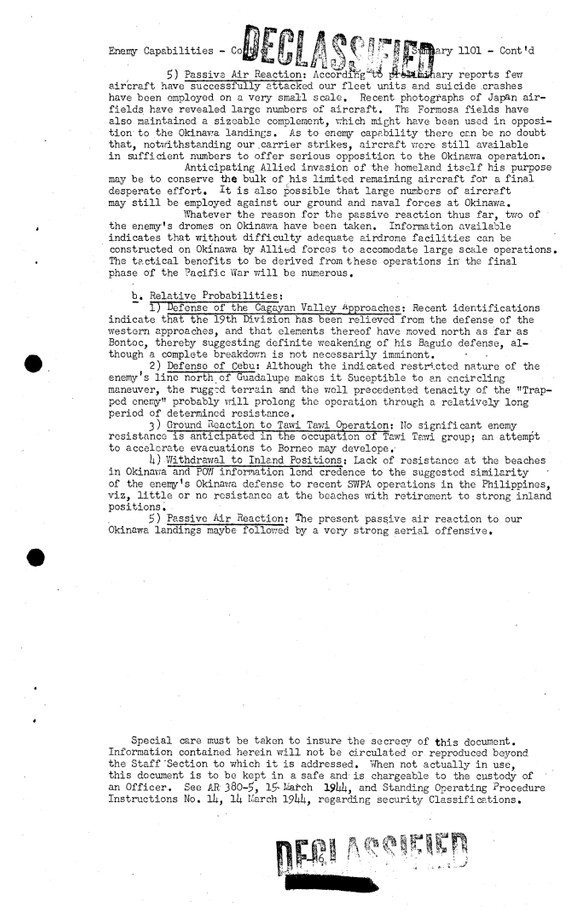
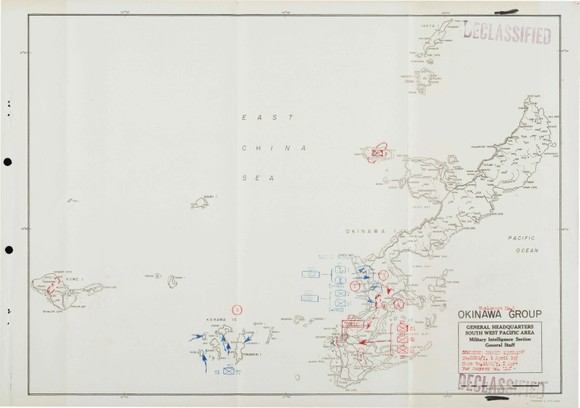
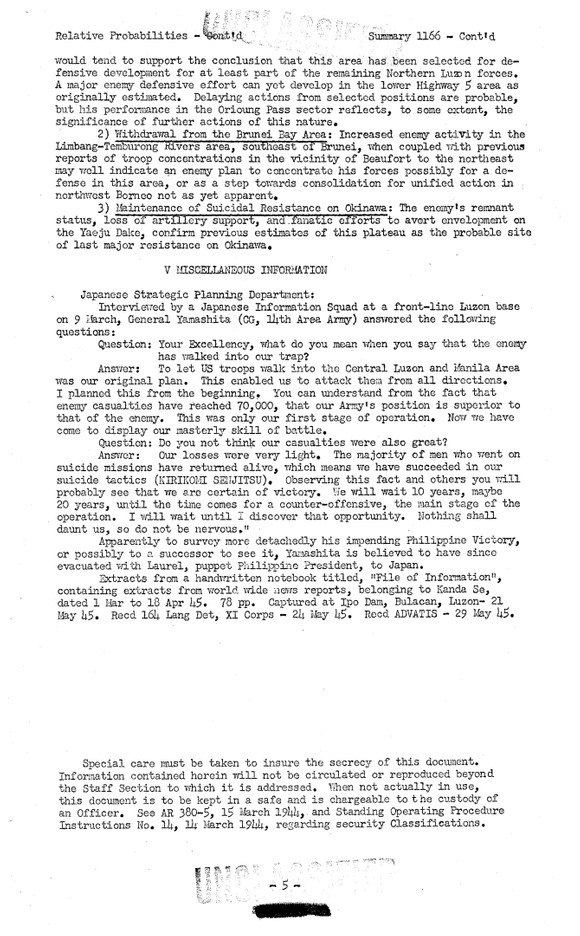
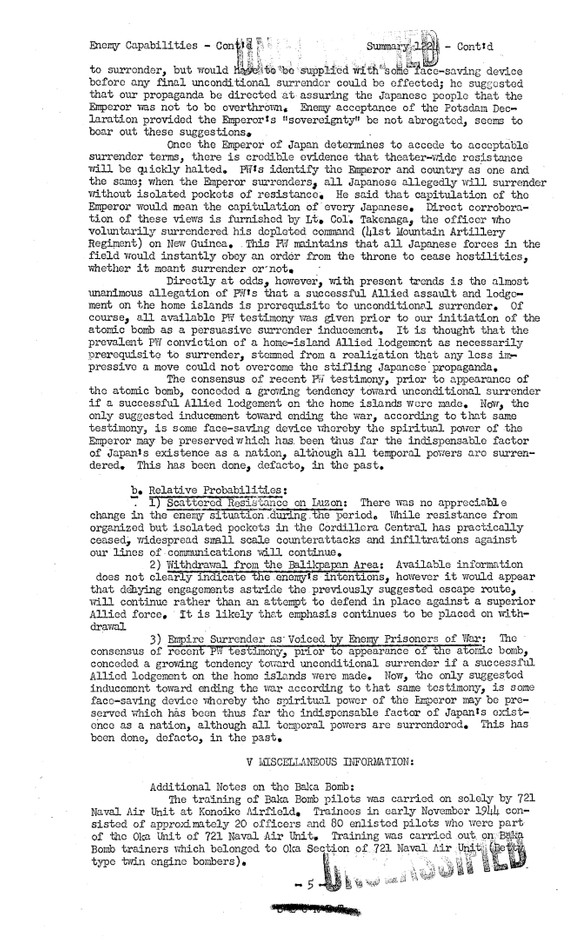

Related products
-
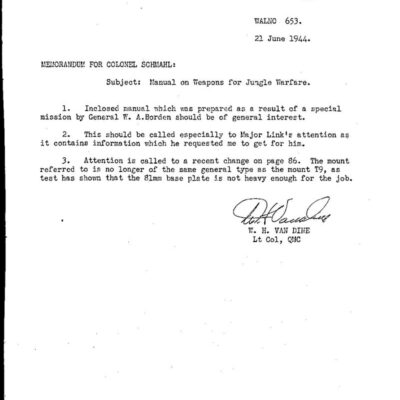
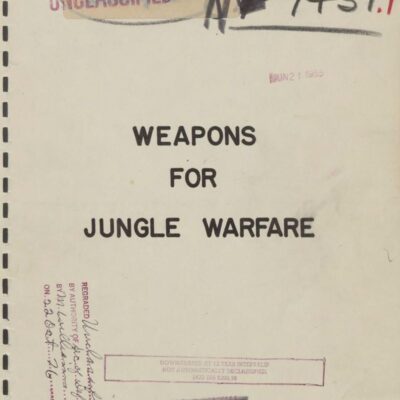
World War II Manual on Weapons for Jungle Warfare (1944)
$1.99 Add to Cart -
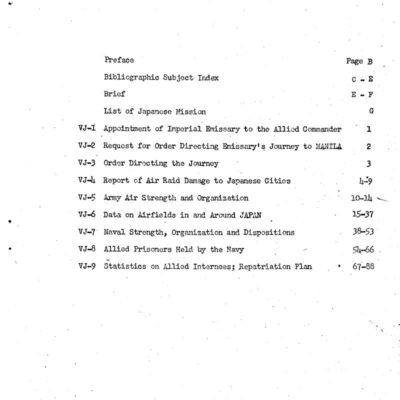
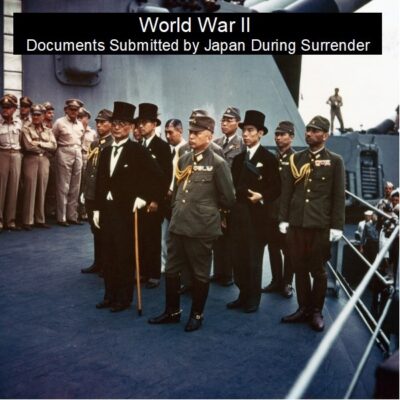
Japan’s Surrender Documents from World War II
$1.99 Add to Cart -
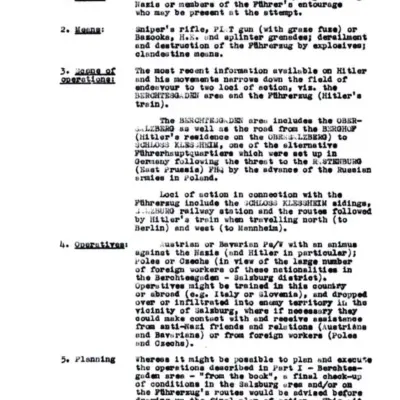
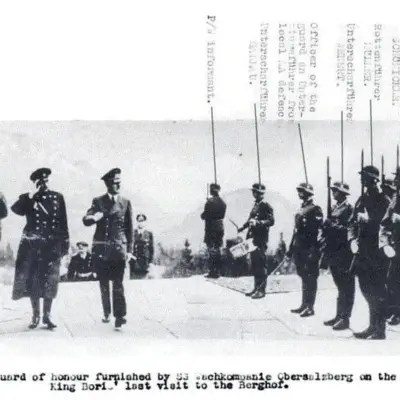
World War II: Adolf Hitler and Operation Foxley – British Assassination Plot
$19.50 Add to Cart -
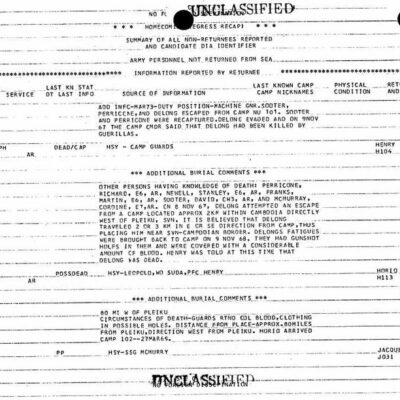
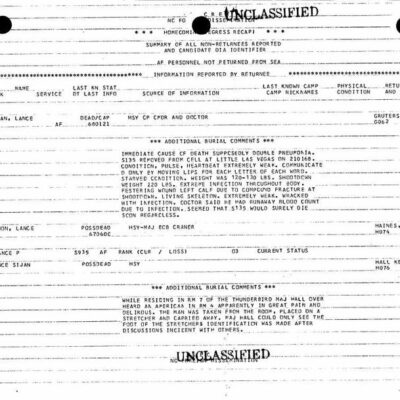
Vietnam War: POW/MIA Summary of All Reported Non-Returnees
$19.50 Add to Cart